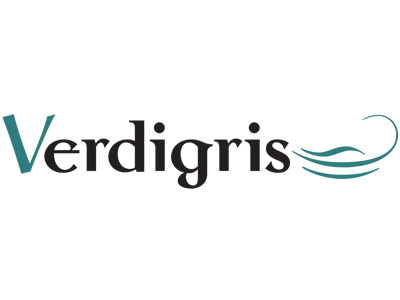Amazing innovations are going on with inks as the graphics
industry works to maintain its competiveness and improve
environmental impacts. Nano inks are used for printed electronics,
sensors and ceramics printing. For a few years now they have been
used for commercial and packaging printing, on the basis that they
can enhance colour gamut and overall print quality. We know
relatively little about the effect of these inks on human health or
the environment. One would like to think that impact on health has
already been thoroughly researched and tested, but that appears to
be the hope rather than the reality.
The problem is that nano particles are very, very small, so they
do not do as normal molecules do. How molecules behave helps us to
decide if something, such as an ink recipe, is toxic or not. With
nano particles their toxicity depends on physical and chemical
properties, including the particle’s crystalline structure, shape,
size, purity and its surface electric charge. It also matters how
the internal and shell components of the particle are constructed.
The combination of all these factors determines how the nano
particle behaves, for instance when it enters the bloodstream or is
printed or printed and coated onto a barrier surface.
Nanopigments in inks are therefore a cause for concern. The
European Chemicals Agency (ECHA) recently reported on a new study
looking closely at the state of research into nanomaterials. The
European Union (EU) Observatory for Nanomaterials (EUON) has
published a list of the substances it has identified as nano-sized
pigments (77) plus four filler pigments, used to bulk up inks and
reduce their cost. The report also identifies “gaps in the current
knowledge on the hazard and risk assessment of nano-sized
pigments.”
The report bases its findings on what could be found in various
nanomaterials inventories including nano materials listed in the
EU’s Registration, Evaluation, Authorisation and Restriction of
Chemicals (REACH) regulation, plus data from Belgian, Danish and
French government sources. REACH regulates the use of chemicals and
how they are produced, with restrictions based their environmental
and human health impacts. REACH affects all industries throughout
Europe that use chemicals and extends beyond the EU’s borders for
goods sold into the region. REACH data is generally considered to
be extremely robust and yet the EUON report concludes that “Data
for hazard and risk assessment are not available for the vast
majority of identified nanopigments”. This is more than worrying
and could have a serious impact on existing and new ink
technologies, especially those designed for packaging printing.
The problem of knowing how nanopigmented inks will impact human
health is not just a concern for the EU. It has implications for
all media markets around the world. The report found that the data
that is available is often inconsistent to the point of being
contradictory. EUON’s goal was to gather more information about the
81 nano-sized pigments used in the EU, but what they found is a
lack of reliable information on toxicology data relating to
nano-pigments. In other words we don’t really know if nano pigments
are poisonous or not, or how they behave once printed.
– Laurel Brunner
This article was produced by the Verdigris Project, an
industry initiative intended to raise awareness of print’s positive
environmental impact. This weekly commentary helps printing
companies keep up to date with environmental standards, and how
environmentally friendly business management can help improve their
bottom lines. Verdigris is supported by the following
companies: Agfa Graphics, EFI, Fespa, HP, Kodak, Kornit, Ricoh, Spindrift, Splash
PR, Unity Publishing and Xeikon.





